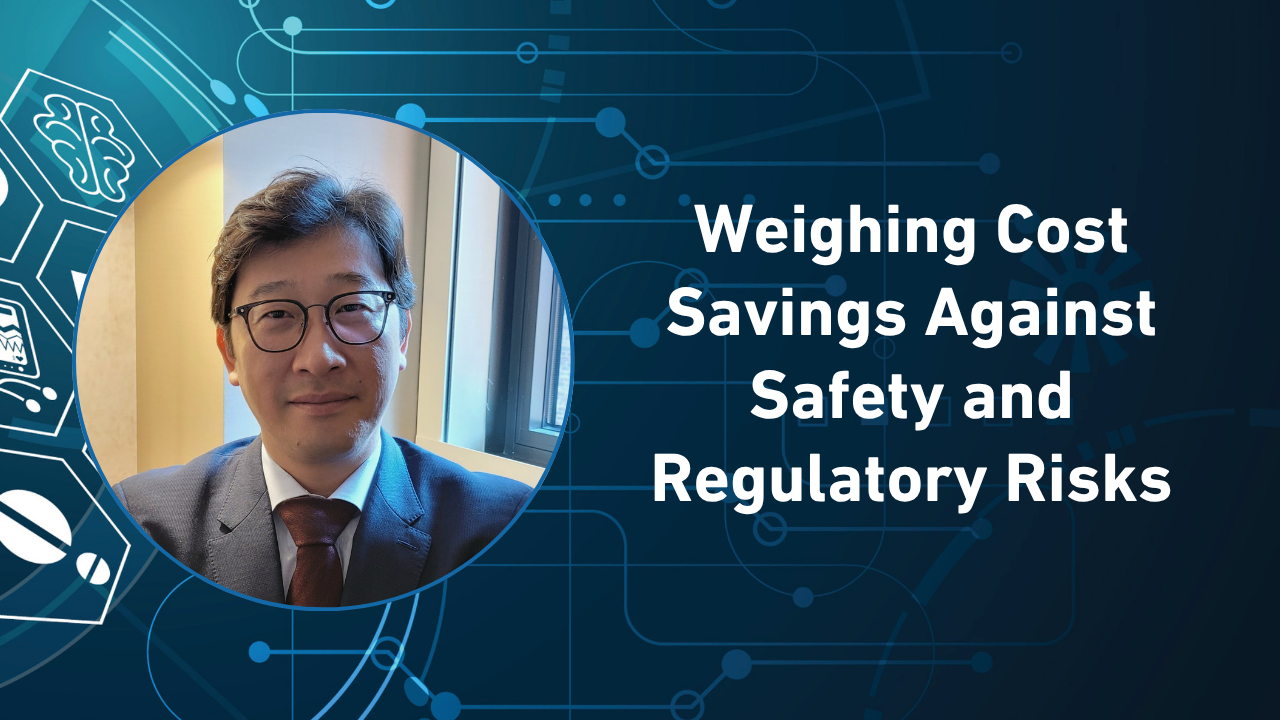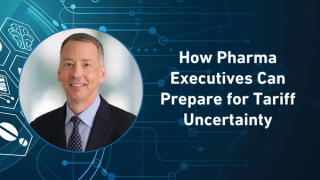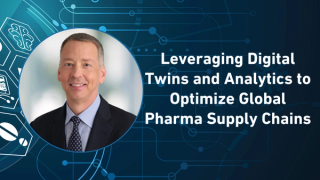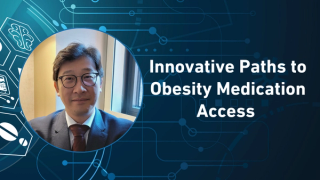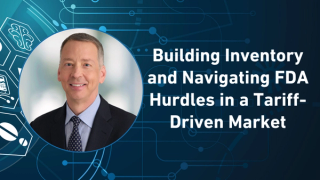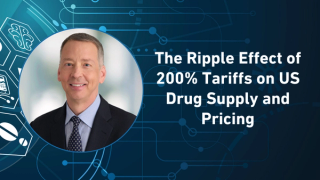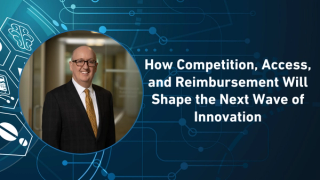
Supply Chain
Latest News
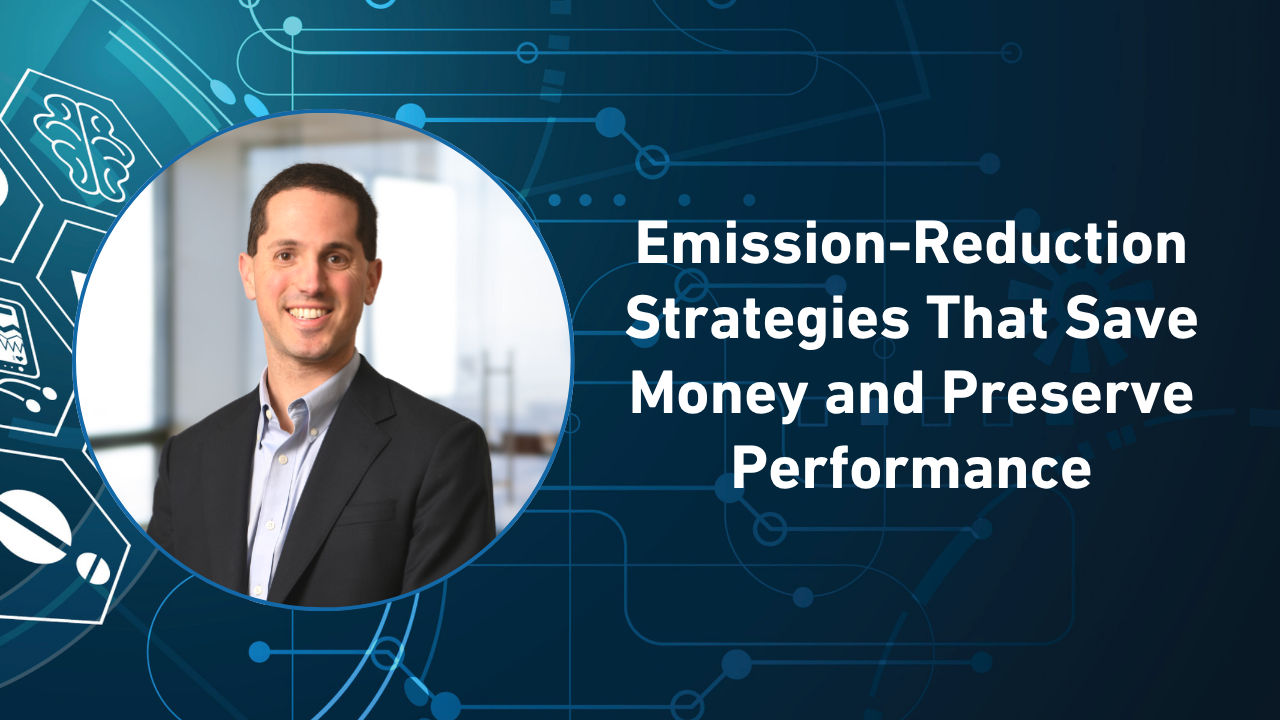
Latest Videos

More News

The new deal imposes 15% tariffs on most EU exports, including pharmaceuticals.
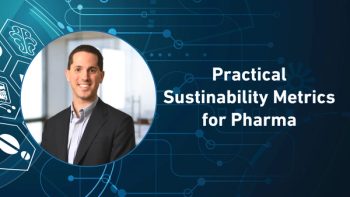
In the second part of his video interview with Pharma Commerce Editor Nicholas Saraceno, Nate Chenenko, principal with Ducker Carlisle, dives into the metrics pharma companies can track today in order to measure distribution-related sustainability performance.

In the first part of his video interview with Pharma Commerce Editor Nicholas Saraceno, Nate Chenenko, principal with Ducker Carlisle, explains the meaning behind Scope 3 emissions, including why they pose such a challenge for pharma manufacturers.
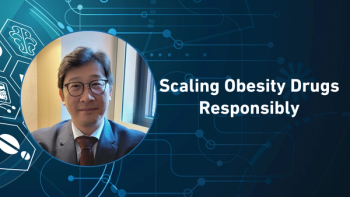
In the fourth part of his Pharma Commerce video interview, Hyung Heon Kim, CEO of MetaVia, explains the market dynamics or stakeholder misalignments that need to be resolved in order for the next generation of weight-loss drugs to reach scale without overburdening payers.

As new pricing and trade policies take shape, 60% of life sciences and healthcare executives anticipate business disruption, according to a new survey from Deloitte.

These innovations are revolutionizing pharmaceutical packaging by enhancing drug safety, combating counterfeiting, ensuring regulatory compliance, and improving patient adherence across the supply chain.

A timeline of key developments surrounding Sarepta Therapeutics' Duchenne muscular dystrophy drug Elevidys, and the potential future impacts for gene therapy regulation and market access.

Meanwhile, President Trump continues to push reciprocal levies and reshoring efforts, while pharma prepares for escalating costs.

The investment is highlighted by a state-of-the-art API facility in Virginia and expansions across multiple states.

In the fourth part of this roundtable discussion, a panel of subject matter experts dive into data exchange challenges relating to the Drug Supply Chain Security Act.

In the fourth part of his Pharma Commerce video interview, Sean O’Hearen, founder and principal consultant at 1st Line Partners, describes the prominence of underreporting falsified medicines.
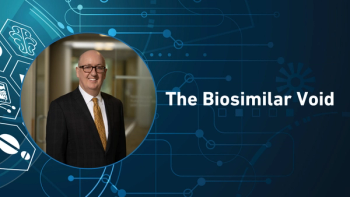
In the fourth part of his Pharma Commerce video interview, Murray Aitken, executive director, IQVIA Institute for Human Data Science, outlines what he anticipates for the biosimilar adoption curve in key markets moving forward.

Pharma prepares for looming tariffs, as the US president signals a phased increase starting Aug. 1, but the official starting tax rate is yet to be determined.

In the third part of his Pharma Commerce video interview, Sean O’Hearen, founder and principal consultant at 1st Line Partners, recommends regulatory or verification mechanisms that can help safely legitimize online medicine procurement.

In the second part of his Pharma Commerce video interview, Sean O’Hearen, founder and principal consultant at 1st Line Partners, explains how the private sector should strategically support and scale efforts to ensure that HCPs globally receive substandard and falsified medicine detection training.

In the first part of his Pharma Commerce video interview, Sean O’Hearen, founder and principal consultant at 1st Line Partners, lays out the systemic gaps in medical and pharmacy education that need to be addressed, along with how academic and clinical institutions can accelerate awareness training in identifying substandard and falsified medicines.

The industry veteran will lead the company’s next phase of growth, focusing on faster treatment initiation through integrated digital platforms and optimized fulfillment strategies.

In the first part of his Pharma Commerce video interview, Murray Aitken, executive director, IQVIA Institute for Human Data Science, describes the process behind developing the “Global Use of Medicines Outlook Through 2029” report.

In the third part of this roundtable discussion, a panel of thought leaders explore the value of serialization, data sharing, and predictive analytics in identifying potential quality issues before they arise.
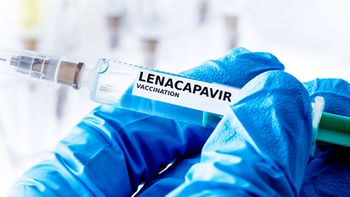
Through a strategic, non-profit agreement, Gilead will supply up to two million doses of the long-acting HIV prevention drug across 120 low- and lower-middle-income countries over the next three years.
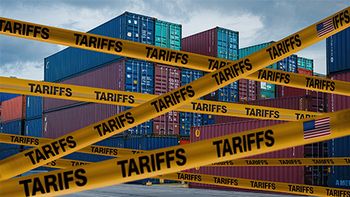
The US president says the levies on pharmaceutical imports are imminent, but won’t take effect for a year to a year and a half.

The Craigavon investment enhances Almac’s global clinical supply network with upgraded storage, distribution, and shipping capabilities to meet the growing demand for temperature-sensitive medicines.

Amid the push for reshoring and fiscal reform, the tariffs are part of a broader effort to rebalance trade and fund domestic initiatives, as the pharma sector awaits potential levies of its own.

The company joins a wave of global pharma companies reshoring operations to strengthen the US supply chain and meet patient needs through domestic innovation and capacity.
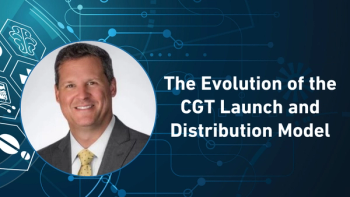
In the final part of his Pharma Commerce video interview, Mark Sawicki, PhD, Cryoport Systems’ president and CEO, predicts how he anticipates the model growing over the next three to five years, especially as global demand and regulatory complexities increase.




